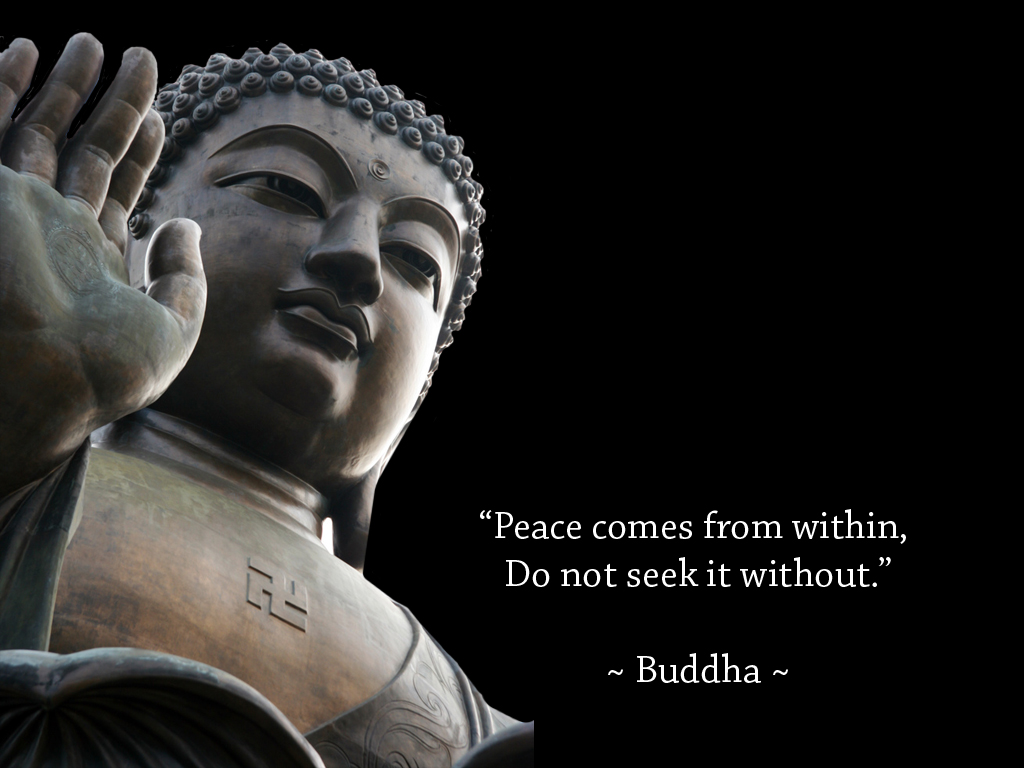
- ZEN BUDDHIST SAYINGS THE SOUND OF ONE HAND CLAPPING PC
- ZEN BUDDHIST SAYINGS THE SOUND OF ONE HAND CLAPPING SERIES
We can argue that there are probably lots of other "things" that we do not think about because we haven't developed the language to transmit those ideas. I don't know if those numbers are actually correct, but the point is that we can identify these nuances in life that are apparent in some cultures, but completely overlooked in others that do not have the words to identify them with.
ZEN BUDDHIST SAYINGS THE SOUND OF ONE HAND CLAPPING PC
But there is a quote that says that the Egyptians have 50 words for sand and the Eskimos (Inuit is the PC term) have 100 words for snow. For example, in English, we have one word for "sand," and one word for "snow".

This is why, in some cultures, ideas, emotions, and things exist that do not exist in cultures with different languages (or only exist in a vague, contextual way). These meanings rely heavily on the use of language. Things can only be what they are with our invented meaning attached to them. We will no longer be grasping at things that are not really there.Įvery single thing that we perceive to "know" has no inherent meaning. When we don’t restore that context or fabricate a new one, they will help us realizing this dreamlike nature of reality. Koan-stories and questions are - like the one hand clapping - removed from context. Thus shall you think of all this fleeting world:Ī flickering lamp, a phantom, and a dream. Reality (or what we perceive as such) is like a set of mirrors reflecting images without anything actually there to be reflected other than the reflections of other mirrors. There is nothing graspable at the root of it, or at the end of it, or in it, or behind it. Phenomena appear and disappear only in the context of other phenomena, which only appear and disappear in the context of other phenomena, which only appear and disappear in the context of other phenomena, which only appear and disappear in the context of other phenomena etc. It says there are no graspable “things” but there are ungraspable “processes” only. In my understanding the Buddhist idea of codependent arising appears to take a position on this. Do we really know what matter is or time or consciousness? Are they graspable things or ungraspable processes? Some phenomena are not graspable “things” but they are ungraspable “processes”.Īs far as I can tell, the basic building blocks of the world we perceive are not fully understood. The clapping hand cannot be a clapping hand when the other hand isn’t joining. A rainbow cannot exist independently from the rain or the sunlight. The chair will be the chair and I will be me.īut there are exceptions.

These “Bodhisttva” prints pair buddhist imagery with bits of language, penned by writers that I love, that offer this kind of koan magic.Our intuition says things exist when the context is removed or altered.

The one that most Americans are familiar with is, “What is the sound of one hand ?” Many Koans were created by specific zen masters and recorded by their schools and there is a sort of academia around them but the nature of the koan can be found in languages and cultures throughout time and geography, often in the form of poetry or enigmatic idioms or jokes. They are small objects of language that trip up our logic and offer a momentary transcendence. One that acts as a vehicle to pass the limitations of thought. Every person who has ever lived has had the odd experience she describes.Ī koan is a sort of zen thought experiment. The passages that read like koans, which are Zen paradoxes that encourage enlightenment. I’ve paired the different Bodhisattva characters with passages from some of my favorite writers.
ZEN BUDDHIST SAYINGS THE SOUND OF ONE HAND CLAPPING SERIES
This series is inspired by a book that I recently bought on very old Japanese woodblock prints carved by Buddhist monks.


 0 kommentar(er)
0 kommentar(er)
